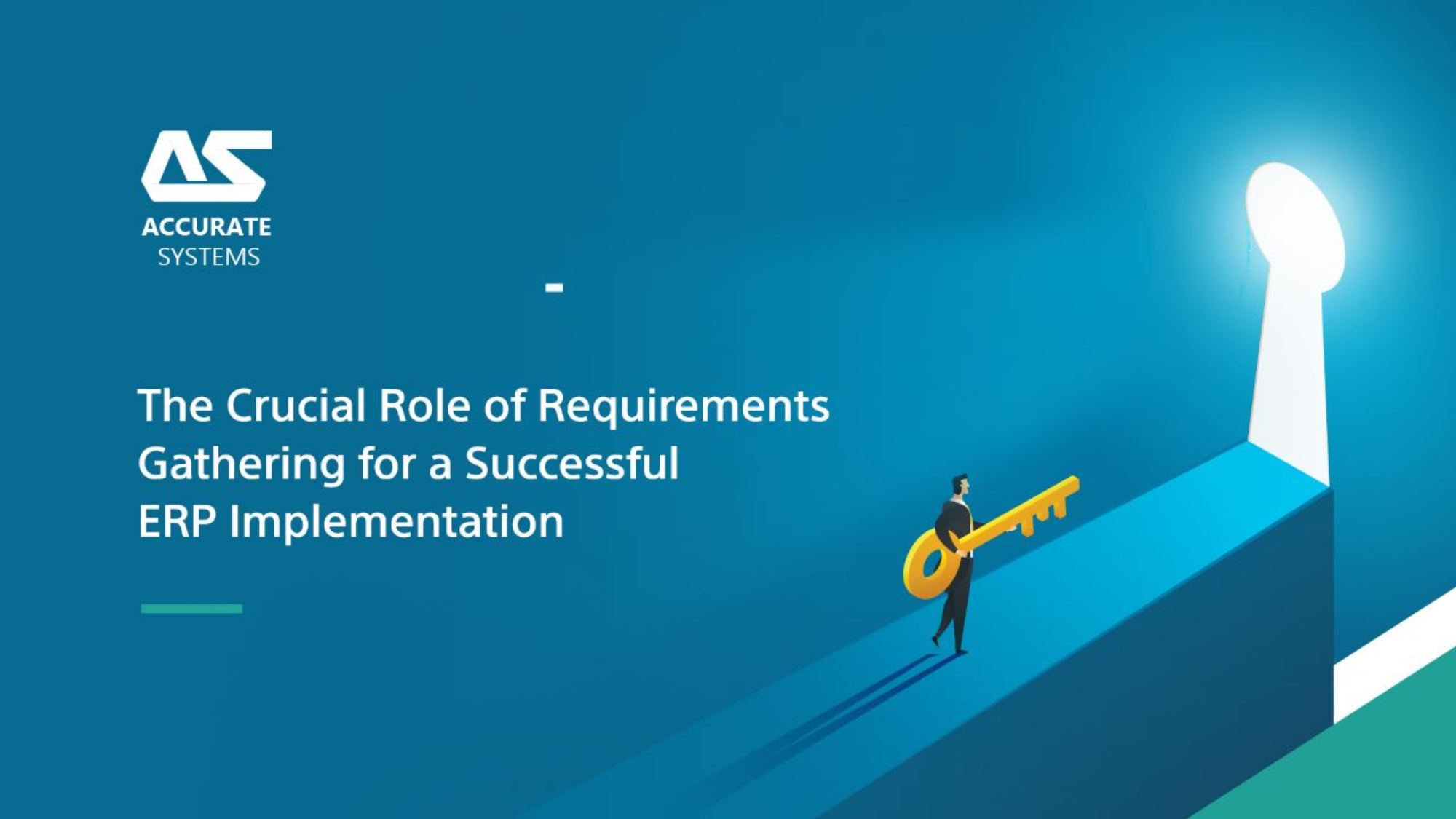Enterprise Resource Planning (ERP) software is a suite of integrated applications that helps businesses manage their core processes, such as accounting, manufacturing, sales, and customer service. ERP software can be a valuable tool for businesses that are looking to improve their efficiency, productivity, and profitability. However, in order to be successful, ERP implementations must be well-planned and executed. One of the most important steps in the ERP implementation process is requirements gathering.
What is Requirements Gathering?
Requirements gathering is the process of identifying and documenting the needs of the business to ensure that the ERP system meets those needs. This process involves interviewing stakeholders, reviewing existing documentation, and conducting workshops. The goal of requirements gathering is to create a clear and comprehensive understanding of the business’s current state and its desired future state.
The Importance of Requirements Gathering for ERP Implementation:
-
Understanding Business Needs: Requirements gathering provides a deep understanding of the organization’s processes, pain points, and opportunities for improvement. By engaging in comprehensive requirements gathering, businesses gain valuable insights into their current operations and the areas that need enhancement. This understanding is essential for tailoring the ERP system to fit the unique requirements of the organization, increasing the likelihood of a successful implementation.
-
Customizing the ERP Solution: No two organizations are exactly alike, and each may have unique workflows and business processes. Requirements gathering allows the ERP implementation team to customize the system to align with the organization’s existing practices. Tailoring the ERP solution ensures that it becomes a seamless extension of the company’s operations, reducing the likelihood of disruptions and resistance to change among employees.
-
Minimizing Project Scope Creep: Scope creep is a common challenge in ERP implementations. It occurs when additional features and functionalities get added during the project, often leading to delays, increased costs, and confusion among stakeholders. Proper requirements gathering minimizes this risk by establishing a clear and agreed-upon scope from the outset. It helps define the project’s boundaries, allowing the implementation team to stay focused and deliver the intended outcomes.
-
Cost and Time Savings: A well-executed requirements gathering phase can significantly reduce implementation time and costs. When the ERP implementation team has a comprehensive understanding of the business needs, they can make informed decisions about the most suitable ERP modules, configuration settings, and potential customizations. This streamlines the implementation process, ensuring that resources are used efficiently, and the project stays on schedule.
-
Enhancing User Adoption: User adoption is critical to the success of any ERP implementation. By involving end-users in the requirements gathering process, businesses ensure that the ERP system is designed to meet their needs and align with their daily tasks. This user-centric approach fosters buy-in and enthusiasm among employees, increasing the likelihood of successful adoption and maximizing the return on investment.
-
Identifying Integration Points: Many organizations have existing systems and applications that are vital to their operations. Proper requirements gathering helps identify integration points between the ERP system and these existing tools. Seamlessly integrating the ERP with other systems allows for smoother data flow and enhances the overall efficiency of the organization.
Conclusion:
Requirements gathering is the cornerstone of a successful ERP implementation. By taking the time to understand the unique needs of the business, organizations can ensure that the ERP system is tailored to fit seamlessly within their operations. This leads to improved efficiency, increased user adoption, and ultimately, a successful ERP implementation. Investing time and effort in requirements gathering is a strategic decision that will pay off in the long run, setting the stage for a successful digital transformation and empowering the organization to achieve its goals with confidence.
Call to Action:
If you are considering implementing ERP software, be sure to give careful attention to the requirements gathering process. By doing so, you can help ensure that your implementation is a success. Partner with experienced ERP implementation teams like ours to guide you through the process, and together, we’ll pave the way for a seamless ERP implementation and transformative business outcomes.


